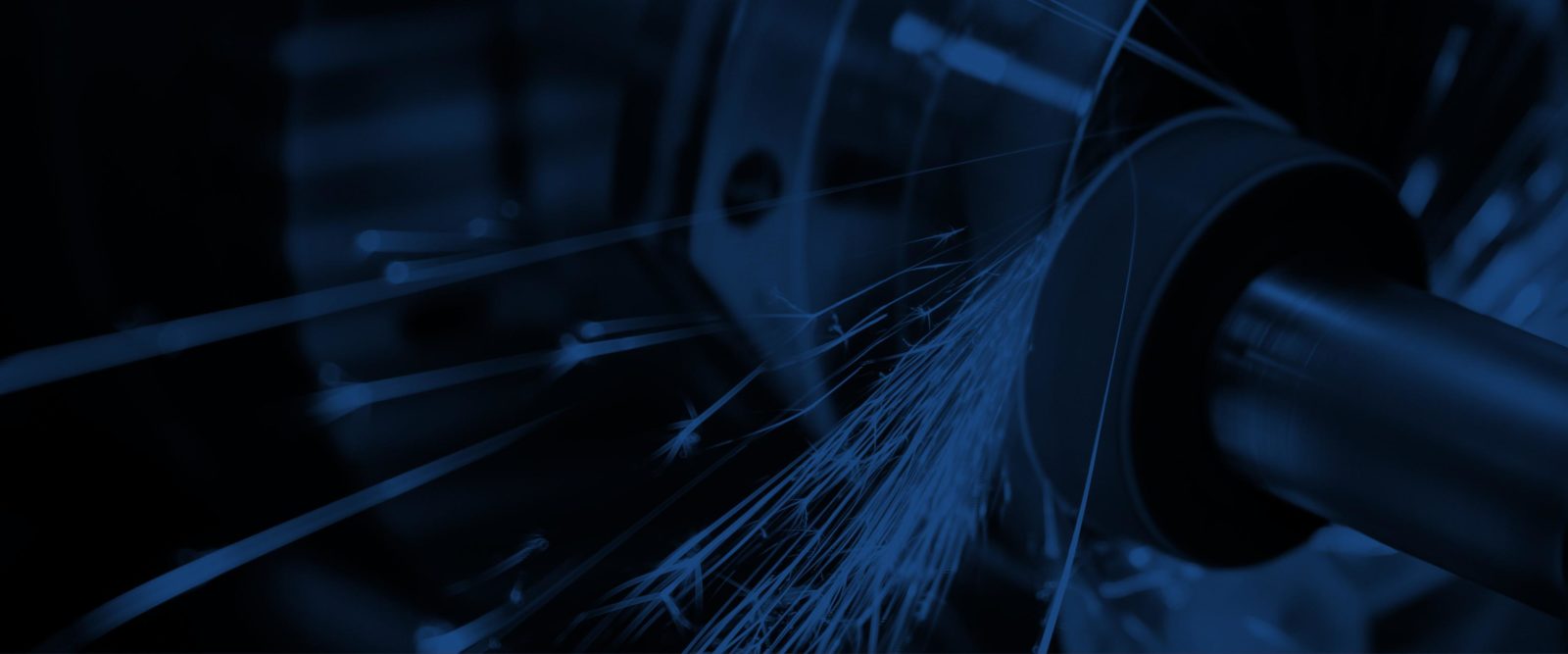Key considerations when choosing a grinding machine
A grinding machine is a force multiplier in any production facility. It can produce a wide range of components in all manner of materials and in an array of hardened/coated conditions. Nothing compares to the precision of a CNC-ground surface. This precision is achievable thanks to decades of innovation and development. The CNC grinders of today are extremely capable production centres that can manufacture accurate parts at a blistering rate, so choosing the right one can make all the difference for manufacturers. As such, it is absolutely critical that careful consideration is undertaken when deciding which machine is ideal for your specific requirements.
Choosing a grinding machine
Before making a decision on a grinding machine, it’s important to establish the machine’s primary function. The more specific this functionality guide is, the better. It will help inform the decision-making process and will ultimately save a lot of time, effort and money. Listed below are some key considerations when deciding on a grinding machine.
Flexibility
Flexibility is a very important factor for manufacturers working with diverse materials, varying precision specifications, or unpredictable production volumes. Facilities under these constraints need machines that can easily be reconfigured for a wide range of parts.
Precision
Grinding is traditionally known as a finishing process, the innovation of today now allows us to combine precision with much higher metal removal rates.
Surface finish requirements go hand in hand with the degree of accuracy needed to be achieved so the demands of your grinding machine are much higher than a typical CNC mill.
Rigidity / Harmonics
As is the case with any CNC machine, stiffness and overall construction of your machine is a very important factor when determining the materials that can be cut. A grinding machine is sensitive to its environment and the build quality will determine how much influence over your machining strategy and potential compromises in performance a customer will need to consider.
Workpiece size
The size of the machine tool is determined by the expected specifications of the workpiece. The area of contact required when cutting will potentially increase depending on the workpiece size. Another important point to consider is the size of the grinding wheel that can be accommodated in the machine. This links into the precision, rigidity and potential harmonics the machine and environment will introduce into your grinding process.
Power vs RPM
The spindle torque power is directly related to the rate at which a machine can remove material. If your application requires high material removal rates (such as when grinding a gear from blank or a nozzle guide vane), a machine capable of powering through large volumes of material will offer the greatest efficiency.
A higher RPM will be required for smaller diameter or non-conventional bonded wheels and there is trade off against spindle torque.
Wheel dressing and conditioning
An engineer is looking to control the micro fracturing of the grain within the grinding wheel when machining and understand the point at which the wheel cutting edges become dull or debris has become embedded, leading to heat and finish issues. Unlike typical CNC tooling, grinding wheels can be dressed and conditioned to bring them back to their optimal sharpness and shape, and also to alter the grain structure to suit the metal removal rate desired.
Ensure that you choose a machine with a built-in conditioning and dressing system flexible enough to allow your Engineering team to control these factors of a grinding process. Performance, machine uptime and profitability will be increased with the right dressing system.
Coolant application
Consideration needs to be applied to the amount of coolant volume and velocity required for your chosen grinding discipline.
As a grinding process produces a far higher thermal reaction when cutting than in other CNC processes, consider how your chosen machine applies the coolant to the wheel and the component as the molecular structure of the machined item will be altered.
Automation
Any CNC machine that is required to maintain high production rates needs automated benefits such as a tool/nozzle changer, loading aids or closed loop measurement.
Manually swapping out tools is a major productivity killer. A grinding machine that can automatically choose wheels of different shapes, sizes and removal rates improves uptime, allowing parts to be rough-ground and finished in a single clamping without any operator involvement.
In process or post process, measurement can be applied with offsets automatically updated, alongside a loading system to house quantities of part to suit your production needs allowing lights out machining opportunities and increased profitability.
Conclusion
A grinding machine and its intended process requirements has many factors to consider which will determine how repeatable and successful your production will be.
To help you understand which grinding machine will meet your requirements and give you the best return on investment, contact the Kingsbury team today.
